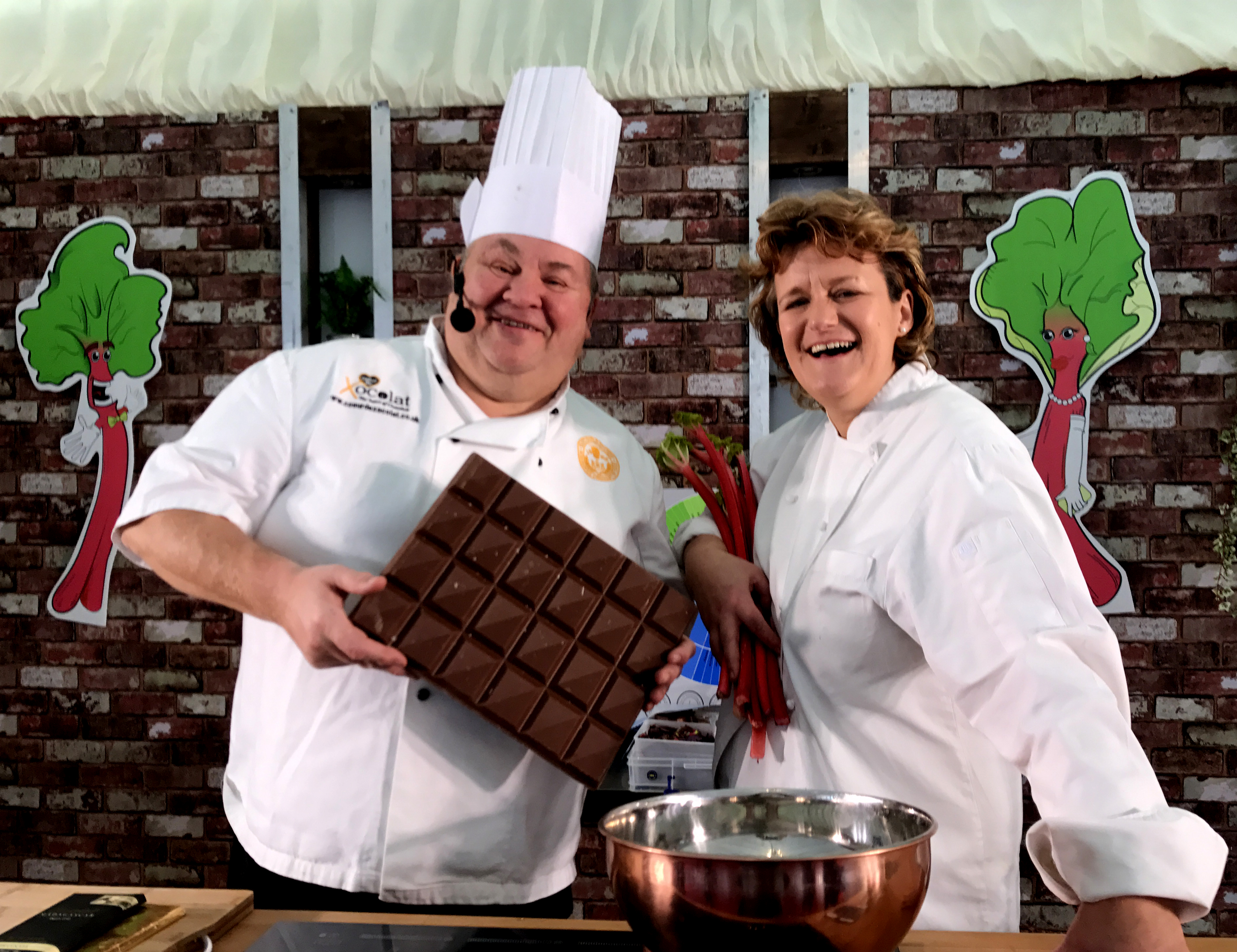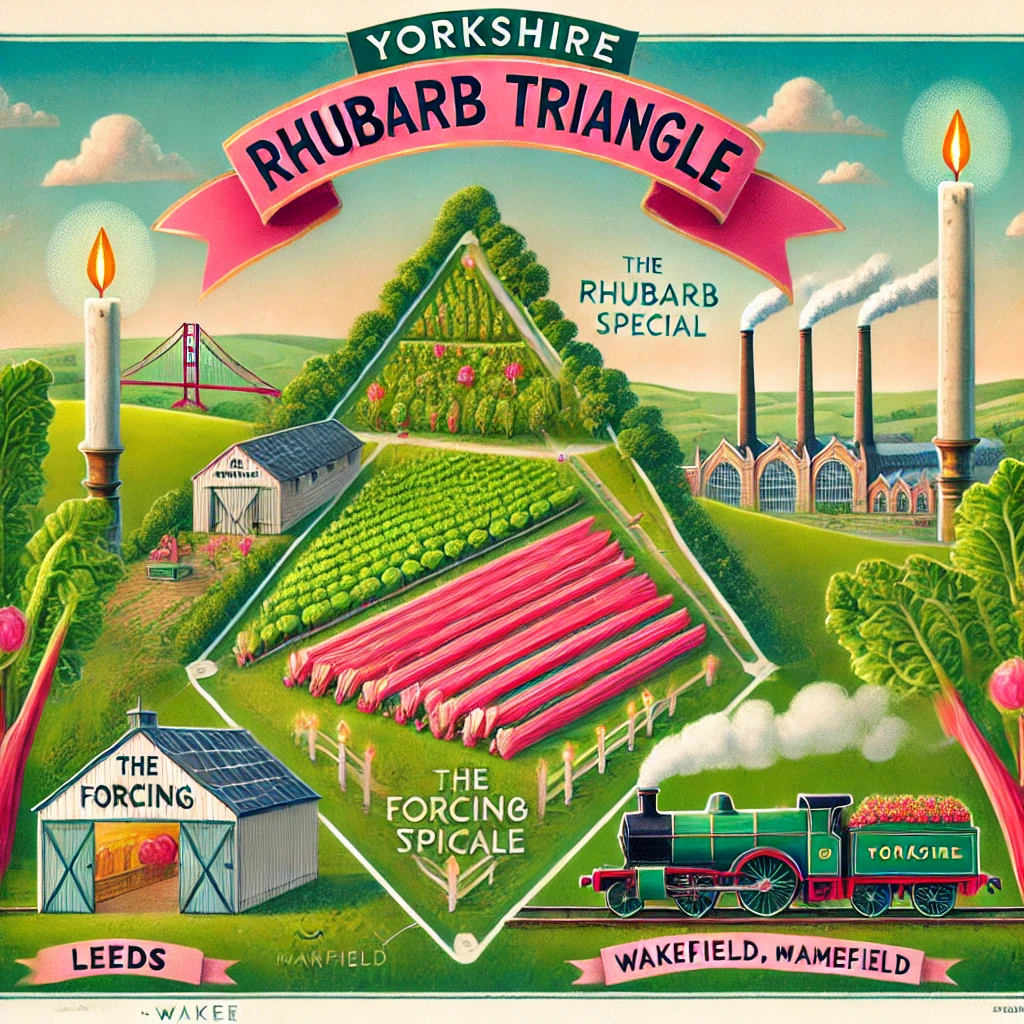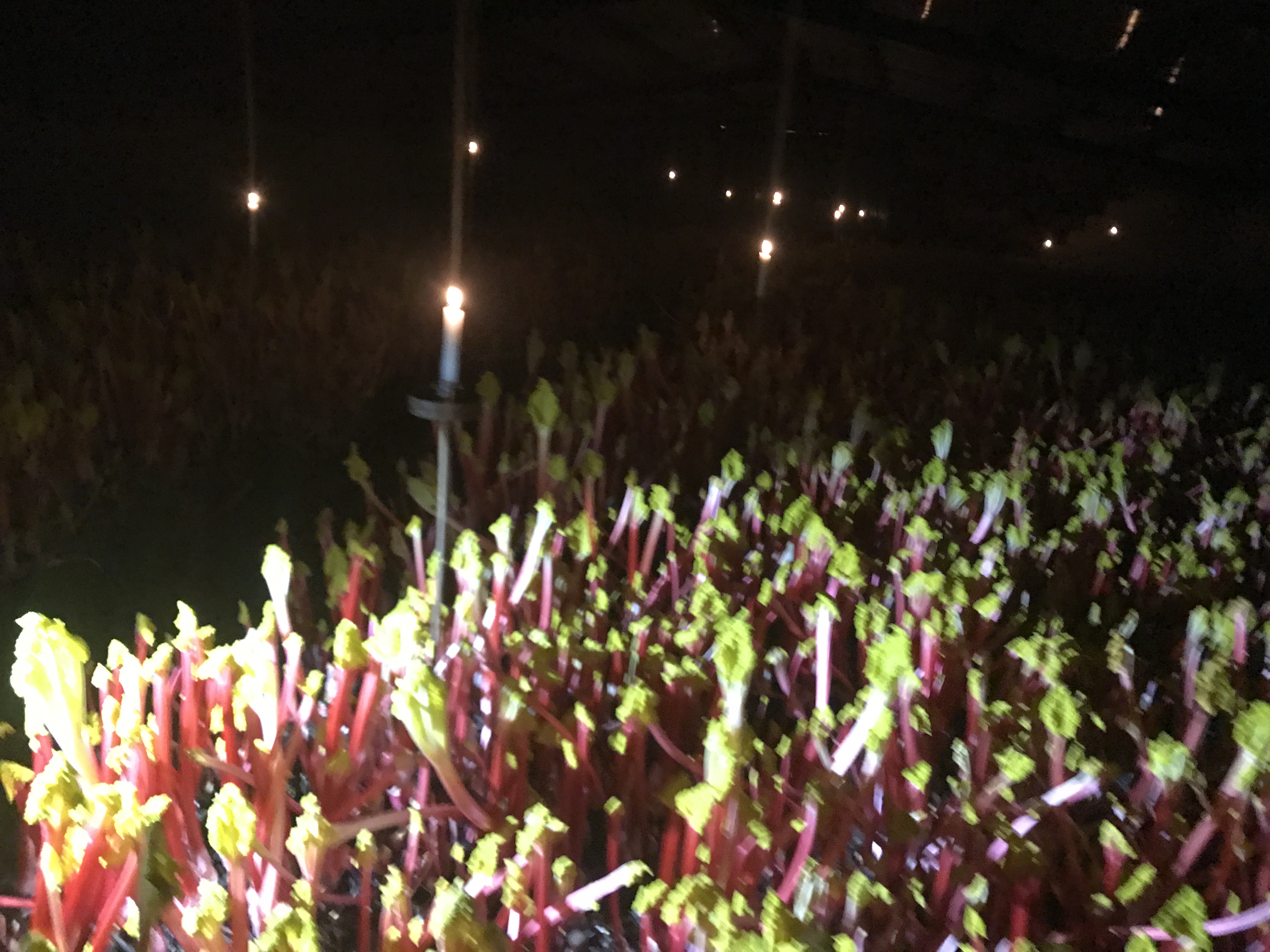.jpg) The now world-renowned Rhubarb Triangle, just down the road from Leeds is responsible for many delicious desserts across the globe so let’s look at the history behind the vegetable – yes, it’s a vegetable! And discover how Yorkshire came to be the world capital of forced rhubarb. Plus, links to some of my favourite recipes for rhubarb.!
The now world-renowned Rhubarb Triangle, just down the road from Leeds is responsible for many delicious desserts across the globe so let’s look at the history behind the vegetable – yes, it’s a vegetable! And discover how Yorkshire came to be the world capital of forced rhubarb. Plus, links to some of my favourite recipes for rhubarb.!
The Story of Yorkshire’s Rhubarb Triangle: The World Capital of Forced Rhubarb
The now world-renowned Rhubarb Triangle, located just down the road from Leeds, is responsible for countless delicious rhubarb desserts enjoyed across the globe.
But how did Yorkshire become the world capital of forced rhubarb? Let’s dive into its rich history and why Yorkshire Forced Rhubarb is often called the “Champagne of Rhubarb”.
And of course, I’ll share some of my favourite rhubarb recipes, from classic rhubarb crumble to modern twists like rhubarb and white chocolate tarts—all designed to showcase this iconic ingredient.
A Personal Connection: From Catering College to Rhubarb Festival
My own journey with rhubarb began during my time at catering college in Wakefield, right at the heart of the Rhubarb Triangle. Studying in the region that champions this iconic ingredient gave me a deep appreciation for its heritage and versatility.
Over the years, I’ve had the privilege of demonstrating at the Wakefield Rhubarb Festival multiple times, sharing my passion for Yorkshire Forced Rhubarb and showcasing how it can be transformed into everything from decadent desserts to innovative chocolate creations.
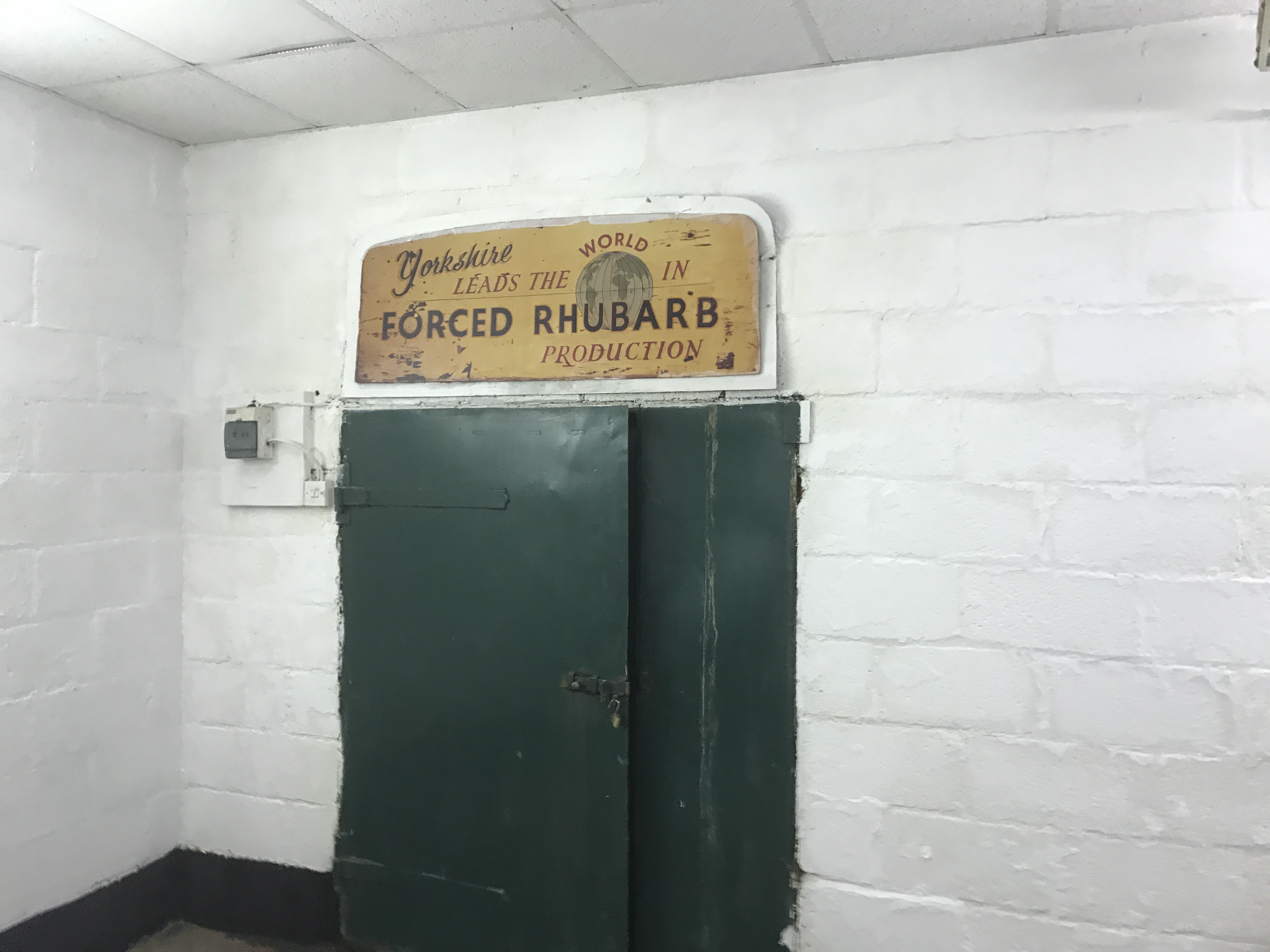
Rhubarb’s history dates back thousands of years, with its roots (literally) in ancient Greek, Roman, and Chinese medicine. The name “rhubarb” comes from the Latin Rha barbarum, referring to its origins near the Volga River (Rha). It was valued not for its tangy stalks but for its roots, used as a powerful medicinal remedy.
In the 17th century, Yorkshireman Sir Matthew Lister introduced edible garden rhubarb to England from Italy. Initially prized for its health benefits, it wasn’t until the late 18th century that the tart stalks found their way into pies, jams, and puddings, replacing gooseberries in many recipes.
The Rise of the Rhubarb Triangle
The Rhubarb Triangle, covering a 9-square-mile area between Leeds, Wakefield, and Morley, became the epicentre of the forced rhubarb industry. The region’s fertile soil, coupled with cheap coal from local mines to heat the forcing sheds, created perfect growing conditions. The use of organic fertilisers like horse manure and “night soil” gave the soil additional richness, leading to premium-quality rhubarb.
By the late 19th century, thanks to pioneering growers like Joseph Whitwell, Yorkshire perfected the process of forcing rhubarb—growing it in complete darkness to create tender, sweet stalks. At its peak, over 90% of the UK’s forced rhubarb came from this small corner of Yorkshire.
The Rhubarb Special: A Railway Legacy
In the 1870s, the demand for Yorkshire Forced Rhubarb soared. The Great Northern Railway launched the Rhubarb Special, a dedicated train that transported up to 200 tons of rhubarb daily from Yorkshire to London’s Covent Garden and Spitalfields Markets. This express service operated until 1962, solidifying Yorkshire’s reputation as Europe’s rhubarb capital.
Yorkshire Forced Rhubarb Today: Tradition Meets Innovation
Today, the Rhubarb Triangle remains a celebrated hub of rhubarb production. In 2010, Yorkshire Forced Rhubarb was awarded Protected Designation of Origin (PDO) status by the European Commission, safeguarding its authenticity—just like Champagne or Parma ham.
Each year, Wakefield hosts the Rhubarb Festival, where I’ve been fortunate to showcase rhubarb-inspired recipes and connect with fellow food enthusiasts. The festival has become a cornerstone of the region’s culinary calendar, attracting chefs, bakers, and food lovers from around the world.
Rhubarb Tours: Step Inside the Candlelit Forcing Sheds
For an authentic experience, visit the iconic forcing sheds at Ashfield Farm in Carlton. Led by Janet Oldroyd, known as the “High Priestess of Rhubarb,” these tours offer a deep dive into the fascinating history and growing techniques behind Yorkshire’s prized crop.
The tour begins with tea, coffee, and biscuits, followed by a talk about rhubarb’s journey from ancient medicine to modern superfood. Inside the candlelit forcing sheds, you can even hear the stalks grow—a truly magical experience.
Visitors can purchase award-winning rhubarb roots to grow at home, or shop for fresh forced rhubarb, homemade preserves, and rhubarb recipe books—all at farm gate prices.
Why Top Chefs Love Yorkshire Forced Rhubarb
Renowned chefs and bakers favour Yorkshire Forced Rhubarb for its vivid pink colour, tender texture, and balanced sweetness. Its versatility makes it perfect for everything from classic crumbles to innovative desserts like rhubarb macarons and rhubarb curd tarts.
As an award-winning chocolatier, international food judge, and proud Yorkshireman, I love pairing the sharpness of rhubarb with creamy white chocolate, dark chocolate ganache, or even incorporating it into bean-to-bar chocolate creations for a tart contrast.
Top Rhubarb Recipes to Try: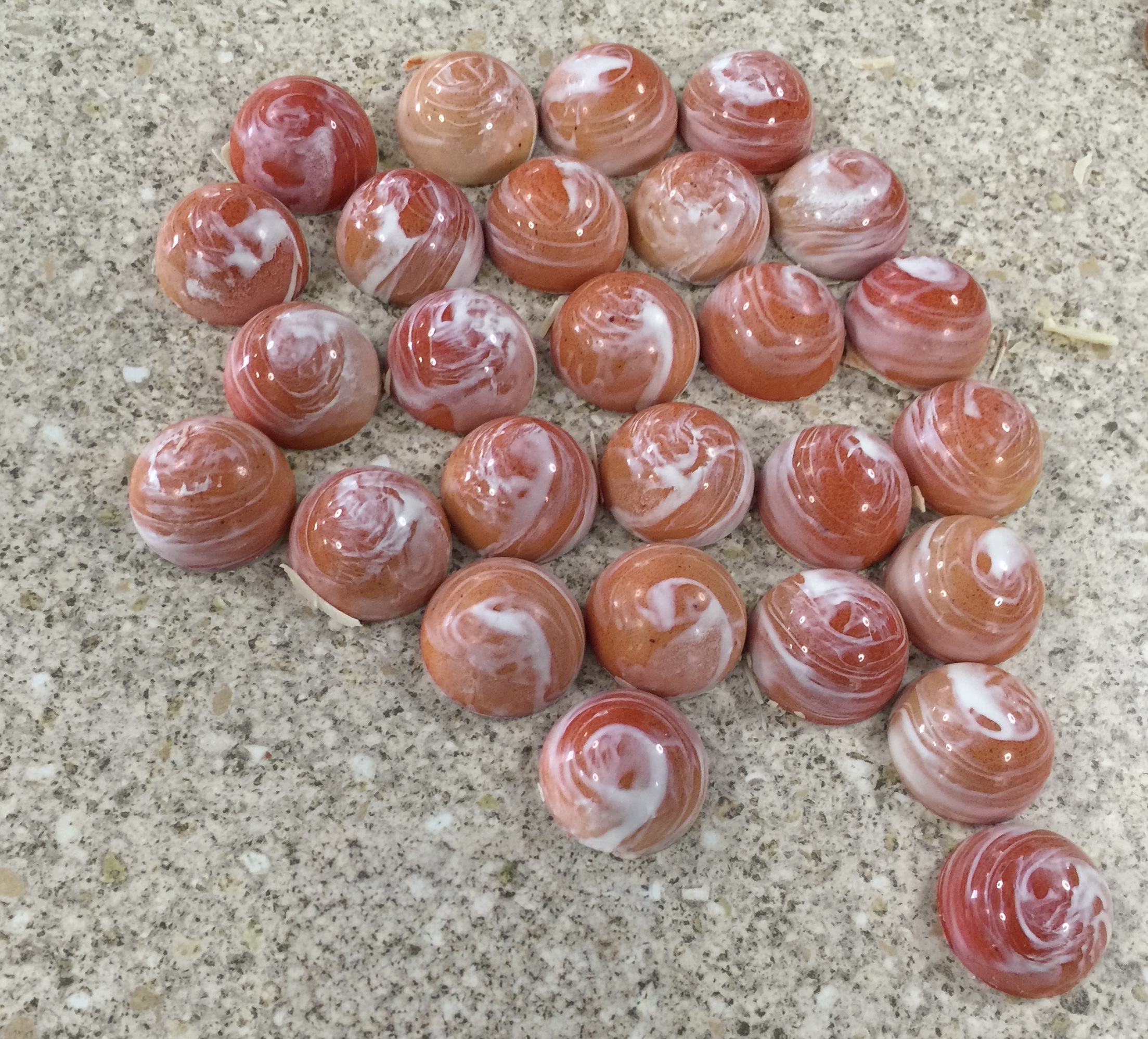
Wakefield-rhubarb and white chocolate tart
Health Benefits of Rhubarb: More Than Just Dessert
Rhubarb isn’t just a culinary superstar—it’s a nutrient-packed superfood. Rich in fibre, vitamin K, and antioxidants, it supports gut health, heart health, and even aids in weight management. Plus, its natural tartness means you can reduce added sugars in recipes while still enjoying bold flavours.
Historically, rhubarb was used as a natural remedy for digestive issues, liver function, and even as a mild laxative. Today, its health benefits are still recognised, especially when enjoyed in healthy recipes like rhubarb compotes or low-sugar preserves.
Why Yorkshire Rhubarb Deserves the Spotlight
Yorkshire’s Rhubarb Triangle isn’t just a local curiosity—it’s a testament to Britain’s rich agricultural history and a shining example of regional food heritage. From the candlelit forcing sheds to Michelin-starred kitchens, Yorkshire Forced Rhubarb has cemented its place on the global culinary stage.
Whether you’re a home baker, chef, or simply a rhubarb enthusiast, there’s never been a better time to explore the versatility of this unique ingredient.


